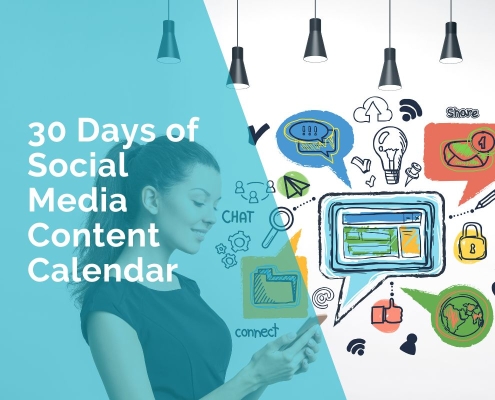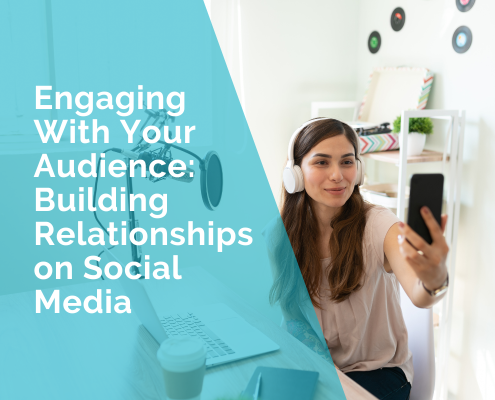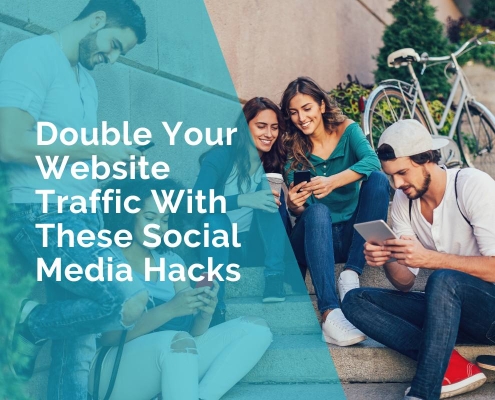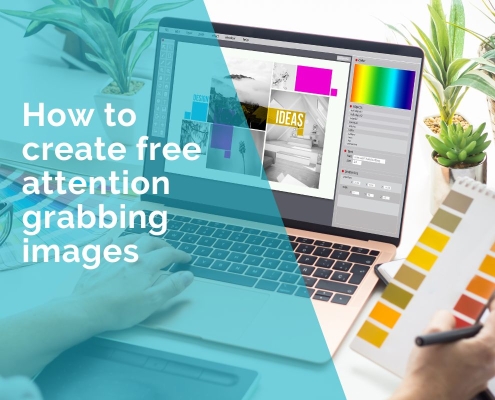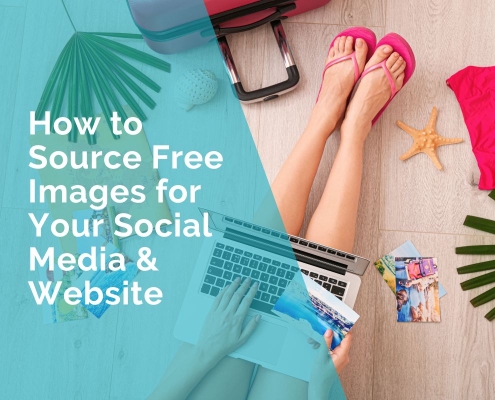What Makes a Business ‘Insta-Friendly’? A Look at Who Wins on the Platform
Key Takeaways
- Insta-friendly businesses design experiences that feel personal and shareable
- Strong visual appeal only works long-term when backed by real quality
- Shareable moments matter more than logos or slogans
- Consistent planning and small behind-the-scenes choices shape what people post
You probably already know that Instagram can drive serious attention to a business, especially when that attention translates into foot traffic, bookings, or online sales. But showing up on the platform isn’t the same as showing up in a way people respond to. Just having a profile and posting lovely photos won’t cut it anymore.
Being noticed on Instagram means your business needs to be shareable, not just seen. And for that, you need more than a few filters and clever captions. You need to understand what makes a brand genuinely Insta-friendly. That phrase is often thrown around, but it ultimately comes down to how seamlessly your business integrates with the way people want to use social media — visually, socially, and emotionally.
Let’s explore who thrives in that space and why some businesses consistently get tagged, saved, and shared, while others barely make a ripple.
Who Thrives on Instagram and Why
Certain types of businesses tend to perform exceptionally well on Instagram, and it usually comes down to how closely their offering matches the way people use the platform. Cafés, boutique retailers, florists, salons, and wellness spaces all have a built-in advantage because they deliver experiences that are both visually appealing and emotionally resonant. Whether it’s a perfectly plated brunch, a striking bouquet or a beautifully styled interior, these are the kinds of details that people want to capture and share.
Yes, Instagram for business can be used to showcase products, but more importantly, it’s about projecting identity, lifestyle, and taste. That’s why experience-driven businesses often generate more engagement than larger brands with bigger budgets. In purchasing for such a business, their customers are participating in something that feels worth showing off. A flower arrangement, a haircut or a new ceramic cup from a local maker can say more about someone’s style than a traditional ad ever could.
Even more niche service providers, like lash technicians or artisan bakers, can build strong traction on the platform when their work translates clearly into visual appeal. When a service or product can be instantly understood and appreciated in a single photo or short video, it naturally fits the rhythm of the Instagram feed. What sets the most successful businesses apart is the ability to present a cohesive, recognisable brand that consistently invites interaction. The reality is that some companies will do better than others based on what kind of lifestyle they are tapping into.
Great photos is one thing, but success on this platform happens when that visual appeal is matched by clarity, confidence and consistency.
It Starts with Visual Identity
Before anyone visits your space, buys your product or clicks through to your website, they’ve already judged your brand based on how it looks. That’s the reality of Instagram. First impressions happen instantly, and your visual identity shapes whether someone stops scrolling or keeps moving.
Being Insta-friendly means every visual detail works together. Colour choices, signage, typography and styling all need to reflect the same tone. The strongest brands on Instagram don’t rely on chance. Their content feels intentional, whether it’s a café interior with warm, inviting lighting or a skincare product styled against clean, minimal backdrops.
Conflicting visuals can create confusion. If your packaging conveys one message and your social content conveys another, it becomes harder for people to connect with your brand. When everything aligns — from your storefront to your Instagram feed — it becomes easier to stand out and stay remembered.
You don’t need a professional photographer to pull this off. What matters is having a defined visual style and applying it consistently. That clarity makes it easier for others to share your content because it feels recognisable the moment it appears in their feed.
Offline Spaces Designed for Sharing
What happens within your physical space plays a significant role in how your brand is perceived online. Businesses that gain traction on Instagram tend to think carefully about how their environment looks through a phone camera. Natural light, clear sightlines, uncluttered corners and subtle visual anchors all help create moments people want to photograph.
A well-placed mirror in a salon, an oversized floral arrangement near the front window, a clean background behind the counter — each element serves a visual purpose that goes beyond decoration. These choices shape how people move through the space and how easily they can capture it. When someone can take a flattering photo without rearranging furniture or searching for good light, it feels effortless. That ease is what leads to more organic sharing, and ultimately, more visibility.
Retail and hospitality spaces that perform well on social media are often designed with this in mind. Branded cups, minimalist product displays, feature walls and considered materials all contribute to how your space translates into a photo. The best environments don’t rely on grand gestures. They succeed by making everyday angles look good without much effort.
Prompts for sharing can also be woven in without disrupting the experience. A small “tag us” sign near the register, a branded sticker on takeaway packaging or a printed hashtag on a napkin all act as quiet nudges. When the setting already looks good and the interaction feels genuine, people are far more likely to post, and your brand travels further as a result.
Content That Lives Beyond the Grid
Strong visual branding might earn the first click, but it’s content that holds attention and builds loyalty. The most effective Instagram strategies go beyond perfectly framed images. They give people a reason to come back, whether that’s through personality, storytelling or simply feeling like there’s a real human behind the account.
People scroll quickly, and static images only go so far. Businesses that perform well on the platform tend to intentionally mix formats — short videos showing behind-the-scenes moments, candid Stories, time-lapses, quick how-tos, or casual Reels that capture a day in the life. These don’t need to be high-budget. What often works best is content that feels immediate and honest. The more your business feels like a person or a place, the more people will want to engage with it.
Tone matters just as much as visuals. Captions that read like a conversation land better than ones that sound like ads. Questions, humour, and even dry honesty can build trust and relatability. That’s what keeps people watching, saving, sharing and, eventually, turning into customers.
An insta-friendly business knows that attention is earned moment by moment. What shows up in the feed should feel like part of something ongoing, not a one-off post, but a series of small invitations to stay connected.
The Back-End Matters More Than You Think
Every great-looking brand online has something you don’t see. Behind the filtered feed and tagged posts lies a layer of quiet work — the planning, the timing, and the coordination that hold it all together. The content may seem spontaneous, but in most cases, it’s carefully crafted to appear that way.
Lighting isn’t left to chance. Staff know when the natural light is best, and some even plan daily resets of the space to keep it photo-ready. Captions are often written in advance. Hashtags are tested. And yes, some businesses work with an Instagram ad agency to keep their campaigns running smoothly in the background while the content flows on the surface.
This isn’t just about promotion. It’s part of how the business operates on a day-to-day basis. Teams are scheduling shoots around quiet hours, swapping out signage to match the season, and even choosing packaging based on how well it appears on a camera roll. In this version of branding, logistics matter as much as aesthetics. What the customer sees is just the polished part.
This kind of consistency doesn’t require a big budget. But it does need intention. When a business treats its visual presence like part of the product, the results are usually noticeable. You notice the clarity. You recognise the tone. And over time, that familiarity builds trust — even before someone sets foot in the door.
Being insta-friendly comes down to knowing how your business shows up in someone’s camera roll. It’s about designing moments that feel genuine, recognisable and easy to share. The businesses that stand out aren’t just visually polished — they create a feeling people want to be part of and remember later with a post.
***************
LP



